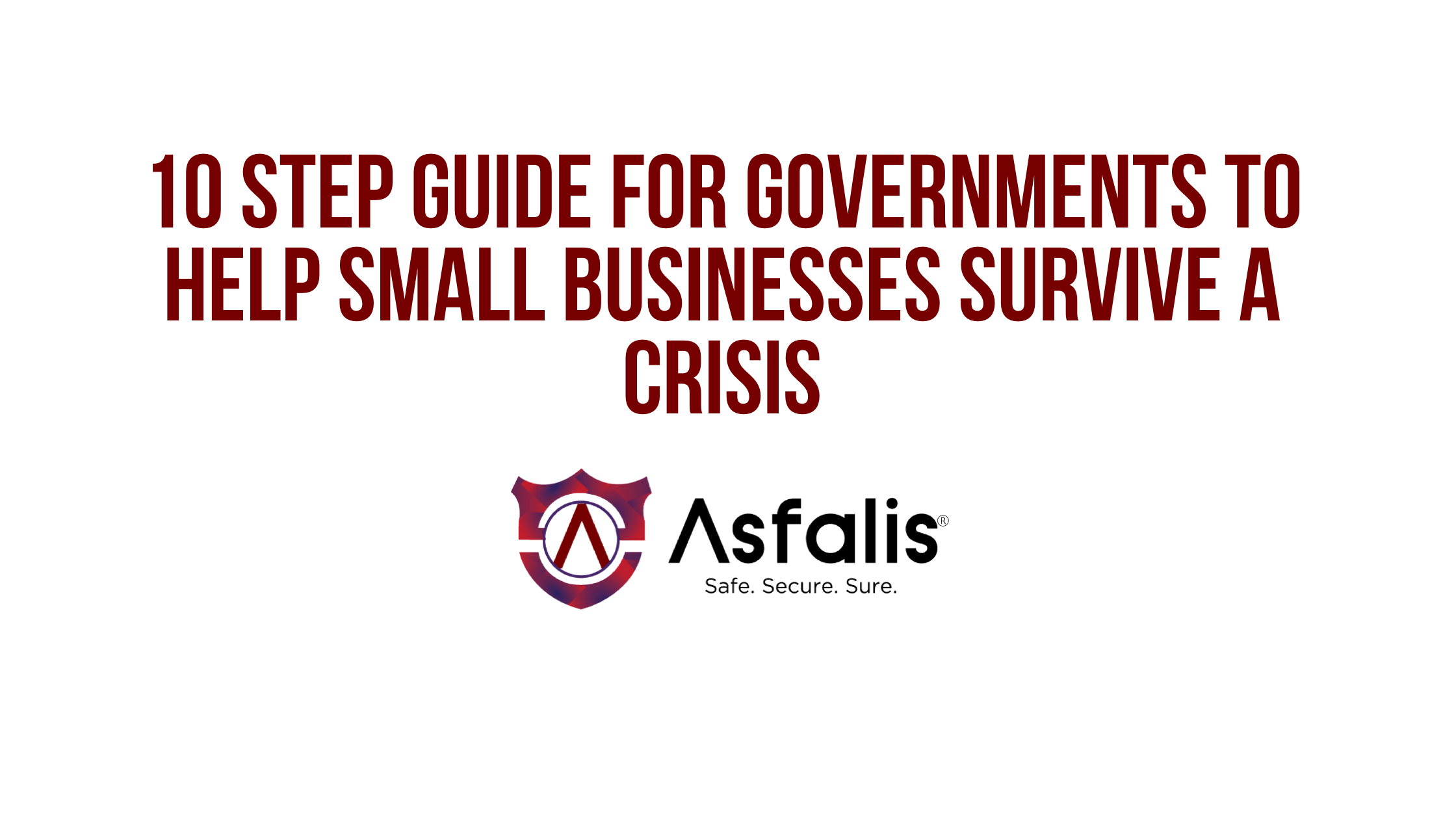Over the course of my career, I have been asked to create disruption and chaos, in a simulated environment, to provide a greater awareness of leadership obstacles and opportunities. From sounding fire alarms to see how quickly employees evacuate; simulating hurricanes to see how facilities teams prepare and protect the organizations assets; facilitating disaster recovery exercises to measure how quickly technology teams can restore systems and minimize disruption; simulating CBRNE (Chemical, Biological, Radiological, Nuclear and Explosives) at airports with Customs and Border protection, to assessing how private aircraft carriers and law enforcement mitigate immediate threats to the public. Through experience and observation, I’ve learned leadership is discovered in action.
In crisis situations potential leaders make higher-quality decisions and engage high-yield conversations that produce measurable results. Whether your crisis is a safety and security threat; a financial loss that sucks the oxygen out of your organization; an issue with the wrong people, in the wrong seats, doing the wrong things; or a loss that damages your reputation and credibility, these situations develop leaders. In fact, I believe you are not a real Chief Enterprise Officer (CEO) until your organization goes through a crisis.
In thinking about the concept of Crisis Leadership, it is important to first define leadership. However, there are several definitions of leadership and people can lead with both positive and negative intent. Therefore, I believe in “servant leadership” as coined by the late Robert K. Greenleaf. “The servant-leader is servant first… It begins with the natural feeling that one wants to serve, to serve first. Then conscious choice brings one to aspire to lead” (“What Is Servant Leadership?” Greenleaf Center for Servant Leadership. N.p., n.d. Web).
A crisis is a critical event, that can dramatically impact your organization’s profitability, reputation, or ability to operate (Disaster Recovery Journal glossary). How do you effectively lead people in crisis? What qualities are needed in crisis leaders?
Trust
The primary goal for every crisis leader should be to build a relationship and establish trust. Trust is the ability to rely on the truth or accuracy of something. Crisis situations cause disruption and can create panic and fear. In fact, the ability to trust is vital, as people will not follow you. There are a number of ways to demonstrate trust, in times of crisis, you must be willing to give up in order to get up. For example, whether that is doing the front-line job or going without, so others can have. True crisis leaders will not ask someone to do a job they are not willing to do. Therefore, you have a culture built on trust when ideas are shared freely, people own their mistakes and correct them, the performance bar is high and personal accountability is normal and infused with healthy conflict.
Communication
Secondarily, communication is the process by which information is exchanged between individuals, verbally and non-verbally. In every crisis from 9/11, the response to Hurricane Katrina, and the Deepwater Horizon Oil Spill, communication is the number one problem. Namely, the lack of communication is why many marriages lead to divorce. Similar to learning, I believe communication is a two-way street. Crisis leaders listen. “Listen with the intent to understand, not to have a reply” – Stephen R. Covey. At Asfalis, crisis management is 80% communication and 20% strategy. The ability to effectively communicate directly impacts your output and the long-term viability of the organization. Specifically, communication helps crisis leaders to delegate and empowers your teams to act. This positions you to be more effective in other areas of the organization to maintain trust and credibility with your stakeholders.
Influence
Next, influence is your ability to move another person to make a choice that supports a goal you want to achieve. As a crisis leader, with a servant leader foundation, influence is about:
- Competence – having sufficient knowledge and skills to act across various levels of responsibility.
- Character – your core values. It is the real you, when no one is watching.
- Connection – knowing who you are and being transparent in communication. “You can’t move people to action unless you 1st move them with emotion” (Maxwell, John C.The 21 Irrefutable Laws of Leadership. Thomas Nelson, 2008).
For instance, when we partner with organizations to help them assemble their crisis management teams, the foundation of the discussion begins with the insignificance of title and positions. Most importantly, title gives you authority, however, it does not give you influence. Authority is the power you have, while influence is what you do with your power. In times of crisis, people do not look for power, they look for influence.
Hope
In addition, hope is your ability to see what it can be post crisis. Often times, the crisis does not reflect what the future can be. Asa. result, crisis leaders, see beyond the situation and provide your people with hope. If you do not have hope, your people will not have hope, and they will not be able to navigate the crisis journey with you. Therefore, hope amidst crisis allows you to keep looking forward, influence your team, strengthen communications, and maintain trust with your team.
Inclusive Decision Making
Lastly, inclusive decision making is a key element to lead effectively in crisis and is often overlooked. It is the measure of how often diverse perspectives are directly included in business decision-making processes. As you lead your organization to and through crisis, consider who is being excluded? Who is not at the table? Whose perspective should you include? Inclusive decision making is your competitive advantage because the decisions you make under pressure is what separates you from your competitors, boosts results and helps you make quicker decisions in times of crisis.
Whether you create a simulated environment to cause disruption, or whether circumstances have forced disruption and chaos into your organization, either way, you have an opportunity to identify crisis leaders. TrainingIndustry.com says that leadership training is a $366 billion global industry and 95% of organizations plan to increase or maintain their current investment in leadership development. In crisis situations new leaders will emerge and former leaders will transition out. Therefore, crisis creates leadership development opportunities. Crisis creates opportunities for you to accelerate the growth of leaders, who are next in line to move the organization forward.
If you have found your organization in a recent crisis, take a look at members on your team who display the five principles of leadership. This looks like:
- The team drives a culture of accountability
- An environment where crisis leaders invite the team to the conversation and the team shares freely
- An atmosphere that demonstrates openness, in turn building respect, trust and influence
- An ability to have peace within your circumstances and a quality of mind that enables you to face difficulty and danger without fear, but stepping up to face it
In conclusion, leverage moments of disruption to identify emerging leaders and empower your team to act. As the Crisis Leader, it is your responsibility to sustain the organizations trust and credibility. The true mark of a crisis leader with a servant leader foundation is, do those they serve grow as persons? How do you measure and build crisis leaders? What gets measured gets done. Start today, to learn more about how to create crisis leaders.





